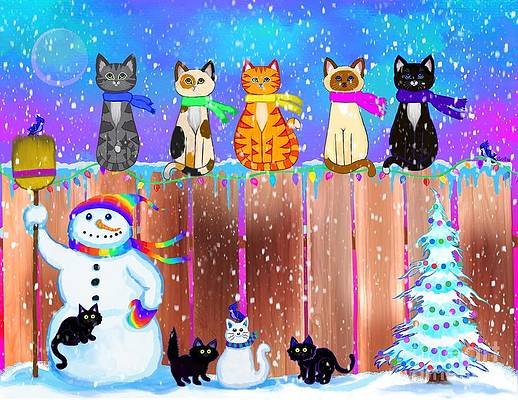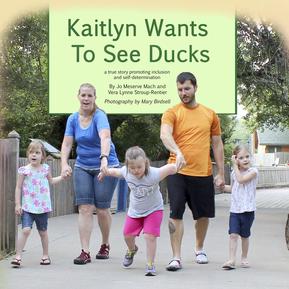Recently while I had my Purple Passion art contest going, I met an artist whose work I loved. It really caught my eye because of the bright colors and wonderful composition that he uses. So I contacted him and asked if he would like to be on my blog. I was very happy when he agreed! His name is Nick Gustafson and his work is amazing! He wrote a little about himself below:
Ever since I was little, I have always loved animals and creating artwork. I would spend hour after hour watching nature shows and drawing and coloring pictures of animals. I made up my own comics featuring frogs and other animals and illustrated my own nature books just for the joy of it. I would also spend hours and hours doing black and white ink drawings of animals using hundreds and hundreds of dots to create them. One day I visited an art gallery and I became fascinated with Canadian wildlife artist Robert Bateman. I loved his style of beautiful, realistic artwork, and how he had the animals hidden in his paintings, much like they would be in nature. I modeled my artwork after him, creating pieces with nature and wildlife themes. I used muted monochromatic earth tones with dark shadows in which the animals hid and blended into their surroundings. Now my work is about as different from that as can be.
After moving to a small town in Oregon, where they just happen to have an annual chalk art festival, I was inspired by all the colors of chalk to evolve my style into something more colorful and bright. Now I use my imagination to create colorful, whimsical images of rainbow trees, colorful cats, and happy frogs. Acrylics are a perfect medium to use because the colors are vibrant, and they dry fast, so you can add a lot of layers, which I like to do. I also now use a digital drawing tablet and create digital art with many layers and colors. Sometimes I paint the image first and then recreate it digitally and other times I create it digitally first and then recreate it with acrylics on canvas. One thing I realized recently is that I’m on the autism spectrum, and that is why I tend to do a lot of repetition in my artwork: a lot of cats in a row, or frogs, and a lot of the same themes repeated throughout my work. However, I never tire of it! I can create art all day, every day, and never get bored! I get lost in my own world creating art and that is what makes me happy.
I spent time printing t-shirts, framing artwork, creating stickers and temporary tattoos, designing fabric patterns, and other things, but just creating artwork for myself is really the greatest joy to me. If I am lucky enough to show my artwork in different businesses or galleries from time to time, it is a great honor. I am always grateful for those who have given me that opportunity.
I like to use my artwork to help causes that are important to me , donating time and artwork to create murals for elementary schools, Sonoma County Wildlife Rescue, Triple L Horse Rescue, Forever Loved Pets, and Save The Frogs! If someone tells me that my artwork made them smile, or brightened their day in some way, then I have accomplished my goal!
If you would like to view Nick’s gallery, you can find it here: https://nick-gustafson.pixels.com/
Many thanks to you, Nick, for sharing your beautiful work!
















